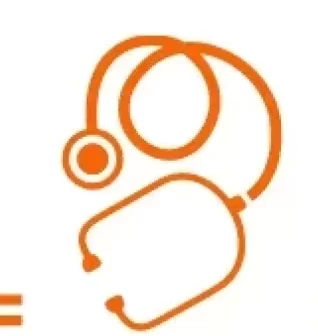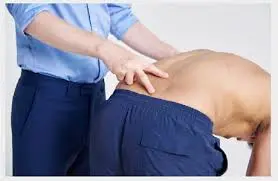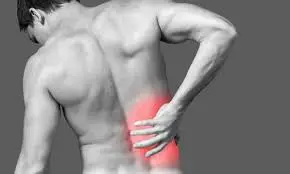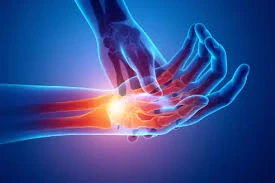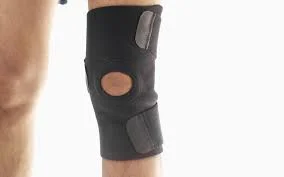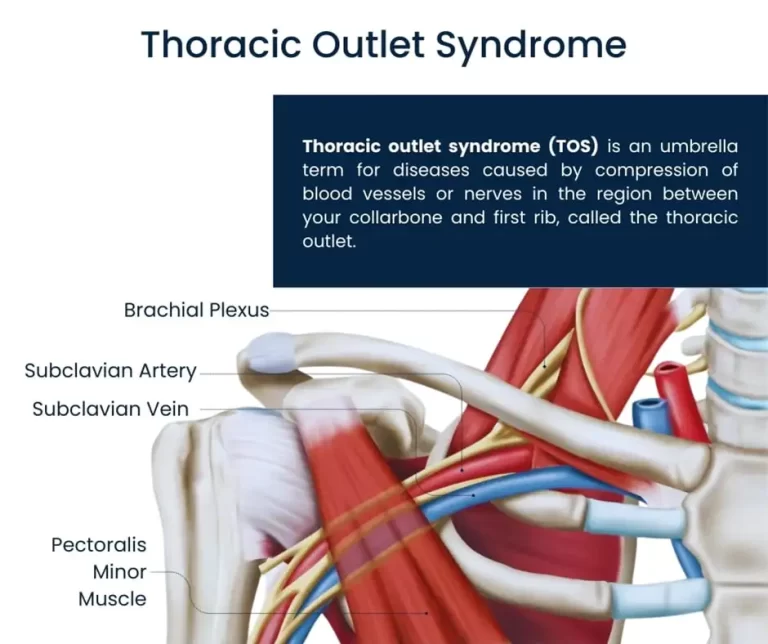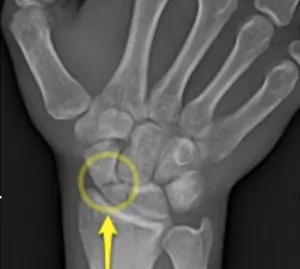Lumbar Degenerative Disc Disease (Lower Back)
Introduction: Lumbar Degenerative Disc Disease (DDD) is a condition where the intervertebral discs in the lower back gradually lose hydration and elasticity, leading to reduced cushioning between the vertebrae. This can cause pain, stiffness, and reduced mobility. Although it’s a natural part of aging, factors like injury, obesity, and genetics can accelerate disc degeneration. Symptoms…
